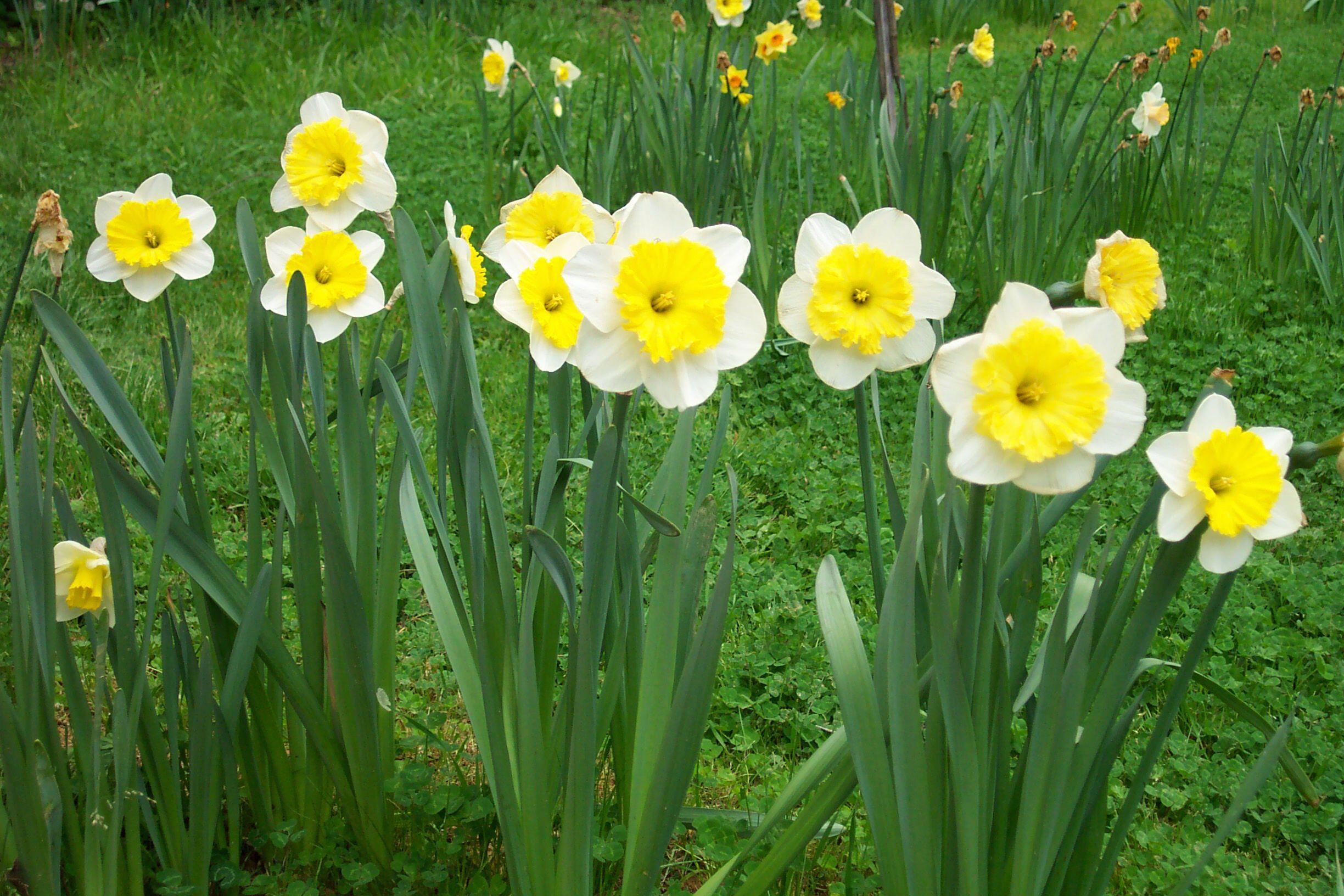
Note: The date Mais calculated for Eastern Standard Time (UTC-5). Flooding is also most common in and near mountainous areas during this time of year because of snowmelt, accelerated by warm rains. Unstable weather may more often occur during spring, when warm air begins on occasions to invade from lower latitudes, while cold air is still pushing on occasions from the Polar regions. On the first day of spring, a Sports Day is organised in Polish schools.

School playground, boys and girls are playing tug of war. Frosts, if a normal part of winter, become less severe. First day of Spring and springtime equinox concept theme with block calendar set on March 20, two yellow tulips and one pink tulip. Snow, if a normal part of winter, begins to melt, and streams swell with runoff. The hemisphere begins to warm significantly causing new plant growth to "spring forth," giving the season its name.

In spring, the axis of the Earth is increasing its tilt toward the Sun and the length of daylight rapidly increases for the relevant hemisphere. At the spring equinox or the first day of spring, days are close to 12 hours long with day length increasing as the season progresses. The specific definition of the exact timing of "spring" varies according to local climate, cultures and customs. Spring and "springtime" refer to the season, and broadly to ideas of rebirth, renewal and regrowth. Spring is one of the four temperate seasons, the transition period between winter and summer.

The first day of Spring is in 2023 on March 20 (according to the astronomical definition).


 0 kommentar(er)
0 kommentar(er)
